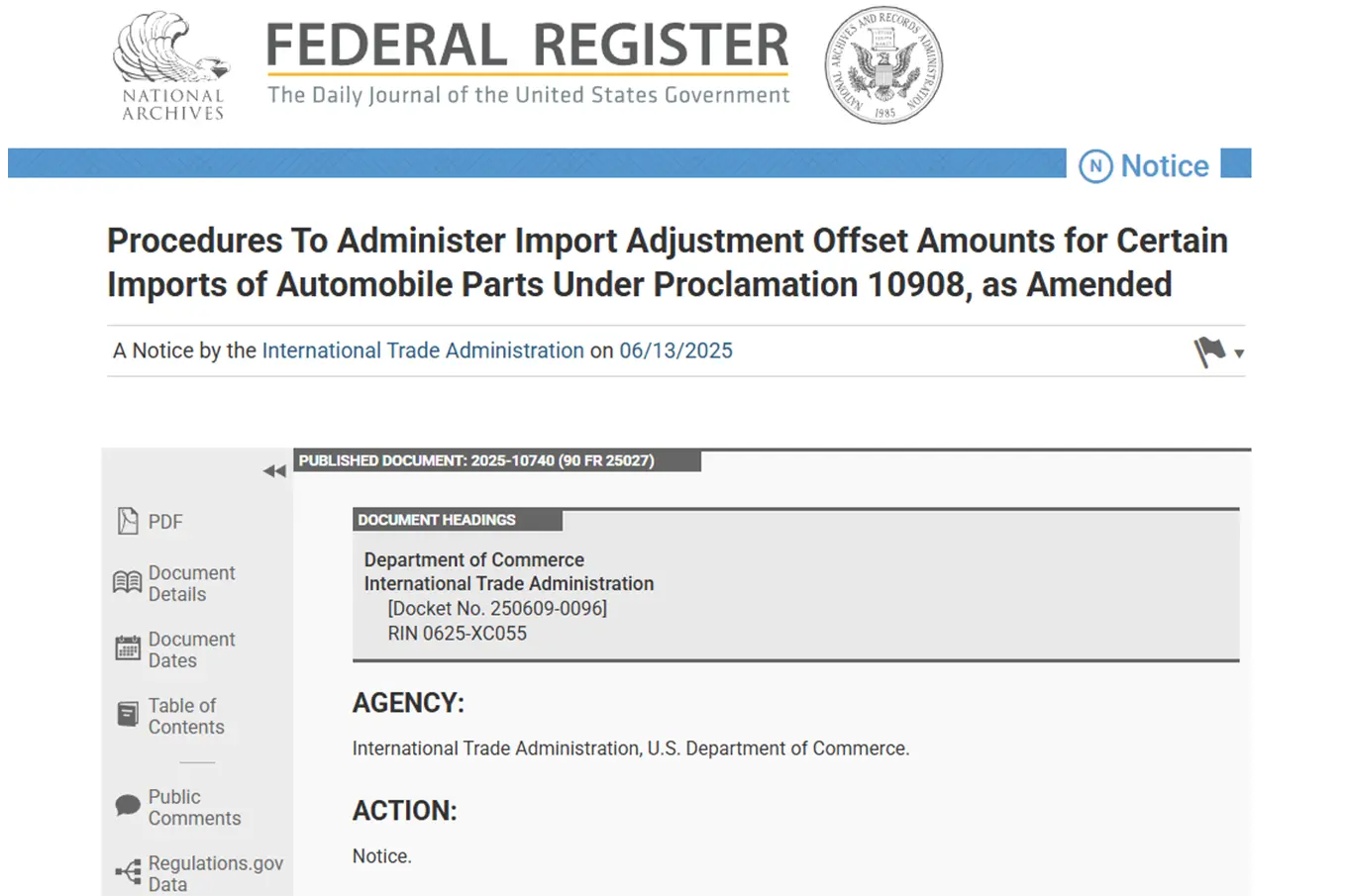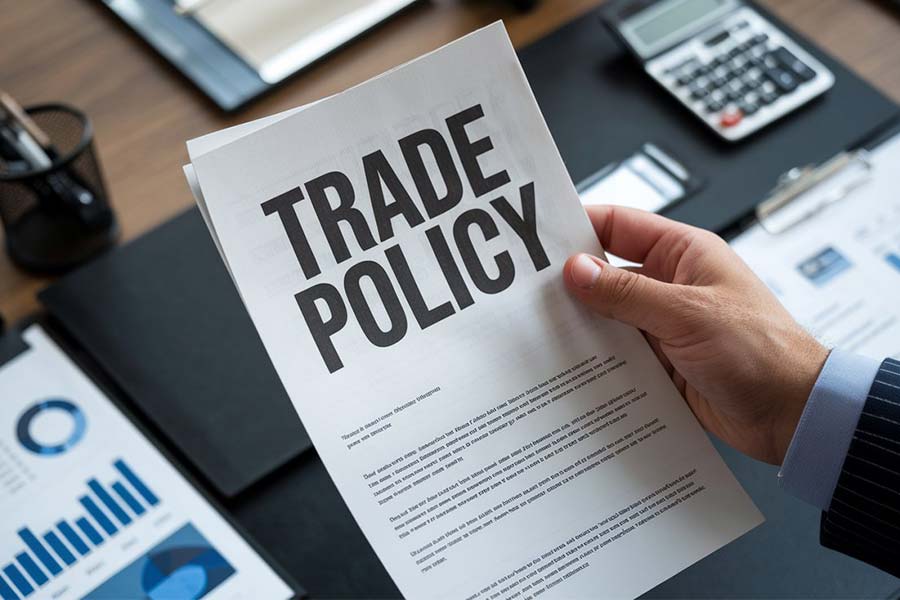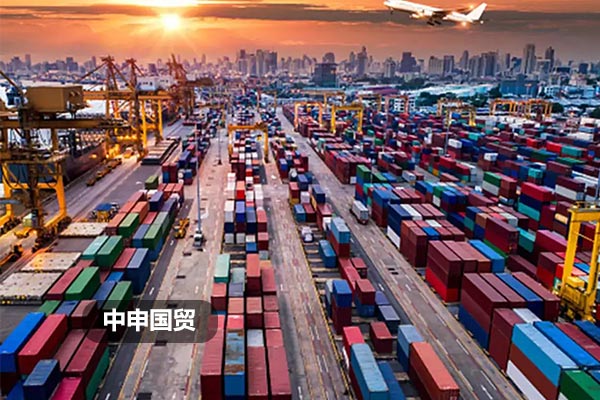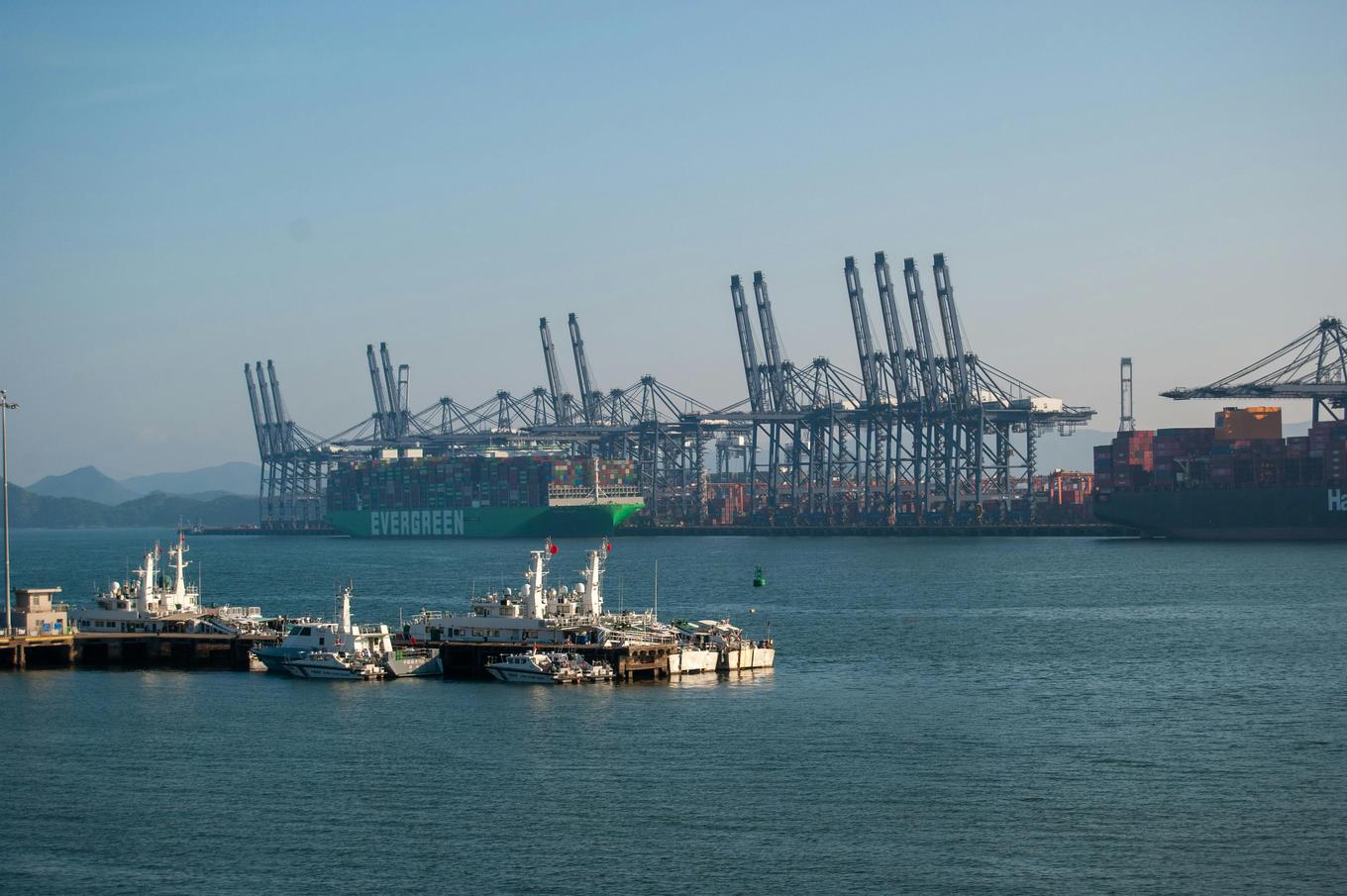- Shanghai Zhongshen International Trade Co., Ltd. - Two decades of trade agency expertise.
- Service Hotline: 139 1787 2118
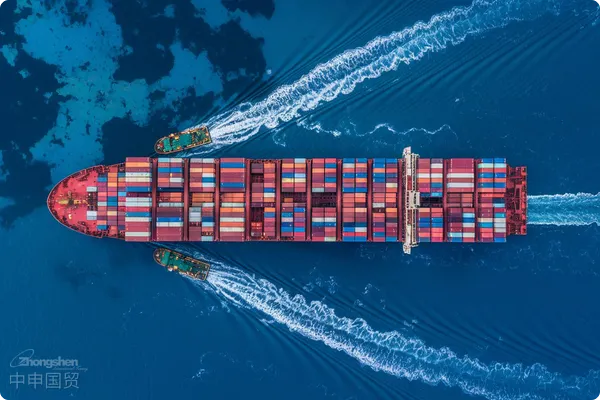
VREquipment ImportsNew market trends
The global industrial-grade VR equipment market size is projected to exceed $18 billion in 2025, with China as the largest import market accounting for 37%. Import tariffs for precision optical modules decreased from 6.8% to 5.2%, but customs has increasedconsistency checks for electromechanical product classificationby 42%,Import Representationwith professionalism directly affecting equipment commissioning timelines.
Core selection dimensions analysis
High-quality agencies should possess the following capability matrix:
- Industry-specific experience
- Completion of at least 15 VR production line import cases
- Familiarity with technical parameters of equipment from KUKA (Germany) and FANUC (Japan)
- Customs clearance practical skills
- Accurate HS code classification (especially for 9013/8534 category differences)
- Electromechanical product import license processing within 3 working days
- Tax planning system
- Utilizing RCEP agreement to achieve zero tariffs for key components
- Deferred VAT payment scheme during equipment debugging period
III. Special Customs Supervision Requirements
Three new key inspection items added in 2025:
- Laser projection moduleIEC 60825 safety certification required
- Equipment software system requiresSource code filing
- EU production lines must attachEC Declaration of Conformity
IV. Comparative Analysis of Typical Service Cases
- Case A: Agent failed to identify equipment containing US-made gyroscopes, resulting in 25-day customs detention and $180,000 loss
- Case B: Professional agent completed CCCS certification in advance, enabling production line to start 22 days earlier
V. Decision Support System Construction
Recommend establishing a three-dimensional evaluation model:
- Response speed: 4-hour emergency customs clearance response mechanism
- Risk control: Pre-review document compliance rate above 98%
- Cost control: Comprehensive logistics cost optimization potential of 15-22%
Select to haveSpecialized qualification for electromechanical equipment importagents can reduce trade friction risks by 32%. Data from a leading agency shows their professional services can shorten VR production line introduction cycle to 27 working days, 40% faster than industry average.
Related Recommendations
? 2025. All Rights Reserved. Shanghai ICP No. 2023007705-2  PSB Record: Shanghai No.31011502009912
PSB Record: Shanghai No.31011502009912

